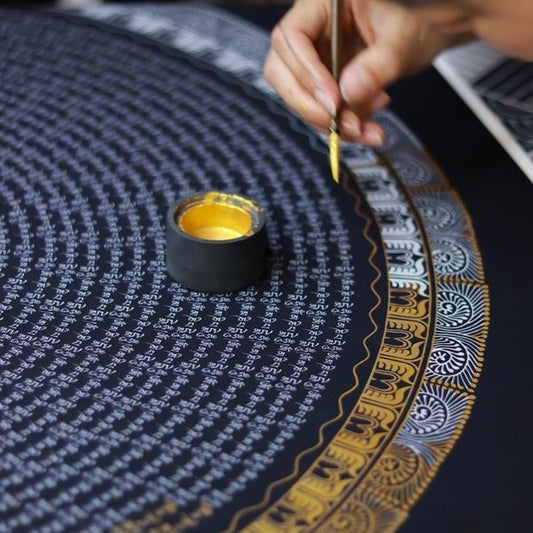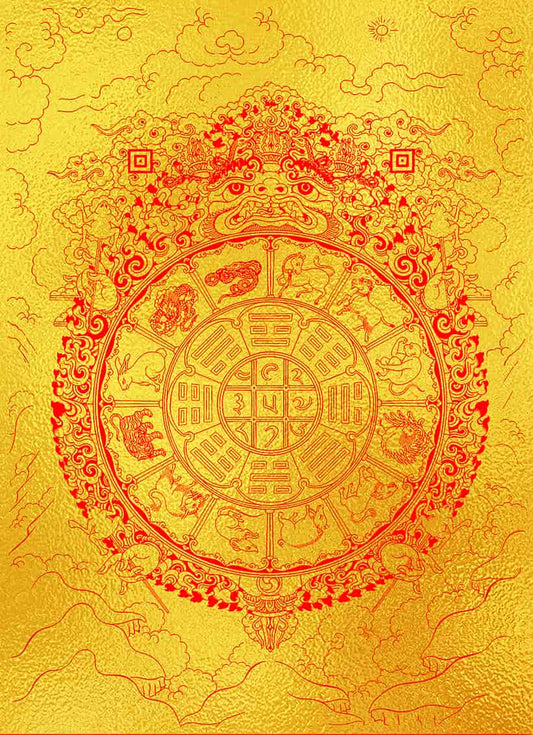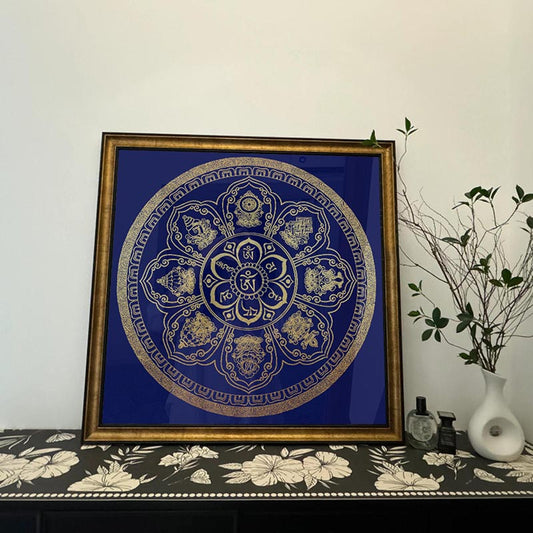The Symbolism of Tibetan Bead Bracelets A Thread of Connection and Meaning
The Symbolism of Tibetan Bead Bracelets A Thread of Connection and Meaning
A Tibetan bead bracelet isn’t just a piece of jewelry; it’s a wrist-wrapped story of culture, spirituality, and artistry. Each bead, often made from materials like wood, bone, or semi-precious stones, carries a meaning steeped in centuries of tradition. For a curious observer, these bracelets can become a window into the heart of Tibetan culture, much like a small yet profound thangka painting.
The choice of materials in these bracelets echoes the natural world that surrounds the Tibetan Plateau. Stones like turquoise and coral are common, each bringing its own symbolism. Turquoise, with its sky-blue hue, is cherished not just for its beauty but for its profound cultural significance. In Tibet, turquoise is a symbol of protection and healing, often believed to bring good luck and ward off negative energy. Coral, on the other hand, represents life and blood, a vivid reminder of the life force within us.
Beyond the materials, the arrangement of the beads also holds significance. Tibetan Buddhist traditions often guide the number and order of beads, aligning them with spiritual practices and beliefs. A mala bracelet, for instance, might have 21 or 108 beads, numbers that are considered sacred and used for mantra recitations. In this sense, the bracelet transforms from mere adornment to a spiritual tool, embodying a sacred cycle of prayer and meditation.
Interestingly, the beads often feature intricate carvings or inscribed mantras, such as the ubiquitous "Om Mani Padme Hum." This famous mantra is not just a series of words; it is a succinct expression of compassion and a call for enlightenment. It is believed that wearing a bracelet with this mantra can serve as a constant companion on one’s spiritual journey, a tactile reminder of inner contemplation and mindfulness.
Reflecting on the meticulous artistry that goes into crafting these bracelets, one cannot help but draw parallels with the creation of a thangka. Both art forms require devotion and skill, passed down through generations. Just as a thangka artist painstakingly prepares natural pigments and weaves complex spiritual themes into the canvas, the artisans who create these bracelets infuse them with cultural resonance and spiritual intention. This artistic process is more than craftsmanship; it is a living tradition, a thread that connects individual lives to the broader tapestry of Tibetan culture.
Wearing a Tibetan bead bracelet, in many ways, is akin to carrying a piece of this heritage with you. It is a nod to the ancient wisdom and beauty embedded in the Tibetan way of life, a manifestation of the intimate bond between the spiritual and the everyday. In every bead, there is a story waiting to be explored, a tradition waiting to be remembered.
So next time you run your fingers over a Tibetan bead bracelet, pause for a moment. Consider the journey of each bead — from the skilled hands of the artisan to your own. Let this simple yet profound connection spark a curiosity about the world around us and the timeless cultures that continue to enrich our lives.





